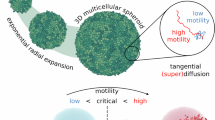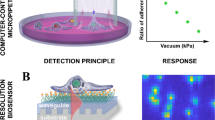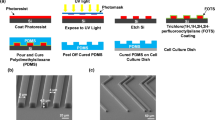Abstract
Actin-based motility is central to cellular processes such as migration, bacterial engulfment, and cancer metastasis, and requires precise spatial and temporal regulation of the cytoskeleton. We studied one such process, fibroblast spreading, which involves three temporal phases: early, middle, and late spreading, distinguished by differences in cell area growth. In these studies, aided by improved algorithms for analyzing edge movement, we observed that each phase was dominated by a single, kinematically and biochemically distinct cytoskeletal organization, or motility type. Specifically, early spreading was dominated by periodic blebbing; continuous protrusion occurred predominantly during middle spreading; and periodic contractions were prevalent in late spreading. Further characterization revealed that each motility type exhibited a distinct distribution of the actin-related protein VASP, while inhibition of actin polymerization by cytochalasin D treatment revealed different dependences on barbed-end polymerization. Through this detailed characterization and graded perturbation of the system, we observed that although each temporal phase of spreading was dominated by a single motility type, in general cells exhibited a variety of motility types in neighboring spatial domains of the plasma membrane edge. These observations support a model in which global signals bias local cytoskeletal biochemistry in favor of a particular motility type.
Similar content being viewed by others
Article PDF
Author information
Authors and Affiliations
Rights and permissions
About this article
Cite this article
Dubin-Thaler, B., Hofman, J., Xenias, H. et al. Quantification of Cell Movement Reveals Distinct Edge Motility Types During Cell Spreading. Nat Prec (2007). https://doi.org/10.1038/npre.2007.391.1
Received:
Accepted:
Published:
DOI: https://doi.org/10.1038/npre.2007.391.1



